“Those who have a ‘why’ to live, can bear with almost any ‘how’.”
This quote is how coach K.M. DiColandrea would begin almost every debate team practice at Frederick Douglass Academy. He would urge his students to figure out their ‘why’.
At 15, Jonathan Conyers couldn’t answer the question.
Conyers, now 27, has figured out the answer. When he was selected to tell his life story with Humans of New York, he opted to talk about his teacher, nicknamed DiCo, instead. And that’s when over $1.2 million started rolling in to support the Brooklyn Debate League.
Through 12 different posts on the account, Conyers shared his life story, overcoming ‘hows’ like drug-addicted parents, getting evicted numerous times, and seeing his friend locked up at 14.
Conyers enrolled in Frederick Douglass Academy in Harlem after avoiding charges for breaking into a home in middle school. The principal made him enroll in an extracurricular program. After sitting silently in the back of the debate room, Conyers finally participated when the topic of drug addiction was brought up.
“But one day they were discussing drug addiction, which is a topic I know a lot about,” Conyers said in the Humans of New York post. “So I stood up and shared my story. Afterwards Ms. DiCo asked me to stay behind. Mainly she just wanted to make sure I was OK. She was like: ‘Do you need anything?’ But after that, she was like: ‘You should join debate.’”
In hindsight, Conyers wishes he paid more attention to DiColandrea.
“She was white, from Manhattan. She’d gone to Yale. I just assumed she didn’t have any problems,” Dico said in the Humans of New York post.
But that wasn’t the case. DiColandrea revealed to his students that he was in the process of transitioning.
“They waited until I was ready to tell them,” DiColandrea said in an interview, explaining that some students had suspicions when Dico would bring his “friend” to school events. “And then it was just unconditional love.”
“DiCo could have told me he was a dinosaur, and I’d be like: ‘That’s cool. Just stay DiCo,’” Conyers said in the Humans of New York Post.
DiColandrea and Conyers knew the biggest tournament of the year was a real shot when the topic was announced: “Should juvenile offenders be tried as adults?”
While Conyers recalled feeling out of place at the tournament, he found his home on the dais. Conyers recalled in the post that there was nothing special about his opening speeches, but on cross-examination he destroyed his opponents asking his predominantly white and affluent opponents whether they should be the person making this argument if they don’t know anyone.
“Jonathan needs to stick to the facts. His life story gives him an unfair advantage,” Conyers recalled a judge saying, in the Humans of New York post.
DiCo taught all his students to be calm and collected. But that’s when DiColandrea snapped.
“You will not do this to him. These rich kids have access to every resource. But you’re penalizing Jonathan because his life is f***ed up?” Conyers recalled Dico saying, in the Humans of New York Post.
Ever since that tournament, DiColandrea has been working hard to break down those barriers in debate. A few years later, DiColandrea founded the Brooklyn Debate League – a group that seeks to eliminate the gatekeeping in debate by expanding programs and teams to urban areas.
“But it’s not always just about personal anecdotes, it’s like, it’s a more fundamental, personal confidence,” DiColandrea said about teaching students a more personal and unconventional debate style. “It’s helping students understand at a really visceral and deep level, that regardless of what neighborhood they live in, or how much money their parents make, or what school they go to, or what color their skin is, or who they’re attracted to, or how they identify. Regardless of any of those identity markers, they belong in a space where the only weapon is words because their words matter”
“And that’s priceless. Knowing your voice matters,” Conyers said. “Especially as a young Black man, presentation and how you articulate yourself are important.”
And although it’s priceless, it still costs.
DiColandrea started the GoFundMe to cover the $6,000 he personally invested to cover payroll for the small mostly volunteer staff. It was covered in 10 minutes. After two days, it already hit a million. Now over a week later, it has raised over $1.3 million.
“It feels like a mix of the day I got married, all of my birthdays combined, and the day that my student won Harvard,” DiColandrea said about the newfound attention and funds. “It feels like everybody in the world is just reaching out with this abundant outpouring of love and kindness.”
The Brooklyn Debate league operated on a small and scrappy budget, reaching around 250 people on their mailing list and about 100 students coming to tournaments.
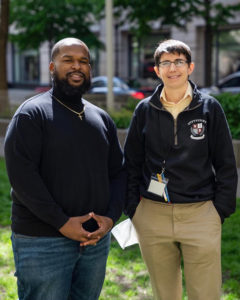 “That’s chump change now. We can change our whole mission now,” DiColandrea said with excitement in his voice. DiCo said that he’s looking to reach every person, school and program he can throughout Brooklyn and other urban areas.
“That’s chump change now. We can change our whole mission now,” DiColandrea said with excitement in his voice. DiCo said that he’s looking to reach every person, school and program he can throughout Brooklyn and other urban areas.
“You don’t need to look any further than the New York State Championship that was held two weekends ago, right? There were over 60 schools there. And there were five of them that were public schools in New York City. And three of those were specialized schools. And we are the biggest school district In the country, we have, what, 1.1 million students? They weren’t in those spaces. And they’re not in the speech and debate circuit,” DiColandrea said, explaining the still urgent need for something like Brooklyn Debate League.
While Conyers credits a lot of how he got by in life due to his coach’s help, DiColandrea disagrees.
“I don’t know how to express it. You know, that kind of selflessness is what’s always made him so special; he’s a very humble person,” DiCo said. “And he wanted me to have this moment. And man, am I having it?”
Conyers now says he has figured out his why.
“I learned that giving back and being selfless can change lives. And what he [DiColandrea] did to me has allowed me to help so many people,” Conyers said. He has been on the front lines of COVID working as a respiratory therapist at NYU. He also started a home for children who had been orphaned during the pandemic and owns juvenile rehabilitation centers in Virginia to give kids like him the resources and opportunities he didn’t.
For DiColandrea, it’s a wish come true.
DiColandrea originally gravitated to the quote when he was 16. His high school was only a few blocks from the World Trade Center on September 11. IN the weeks after, she asked for book recommendations for helping to understand and process her trauma. The teacher recommended Frankel’s Man’s Search for Meaning.
“As someone who experienced this firsthand, we then had an obligation to speak up about it, to make sure that it wasn’t forgotten to make sure that people understood what happened.”
And that became DiColandrea’s reason. Helping his own students to process their trauma and make sure they know that their voice matters.
“We’re talking about racism. We’re talking about,people who are undocumented. We’re talking about people who come from low income communities. There are traumas that kids are carrying from those communities as well. I want them to feel empowered to speak up about what is meaningful to them, what is their lived experience. To teach them about what matters and for them to feel empowered to share that on whatever level they want. That might be just in front of a friend or a classmate or it might be on a national stage at the Speech and Debate championship,” DiColandrea said.
“But that voice belongs to them. And that power belongs to them to use it, to speak up about what they think matters.”
Even though Coyners said he never had a good answer to what his “why” was – he always knew a bit of the answer.
“All I knew was that I wanted to be like Ms. DiCo,” Conyers said in the Humans of New York post.
“I just want the world to know that there is so much more to Jonathon Coyners, there’s so much more to DiCo,” Conyers said. “We pray that we can continue to share our story and continue to share the things we have been through in much more detail, and we hope the world is supportive.”
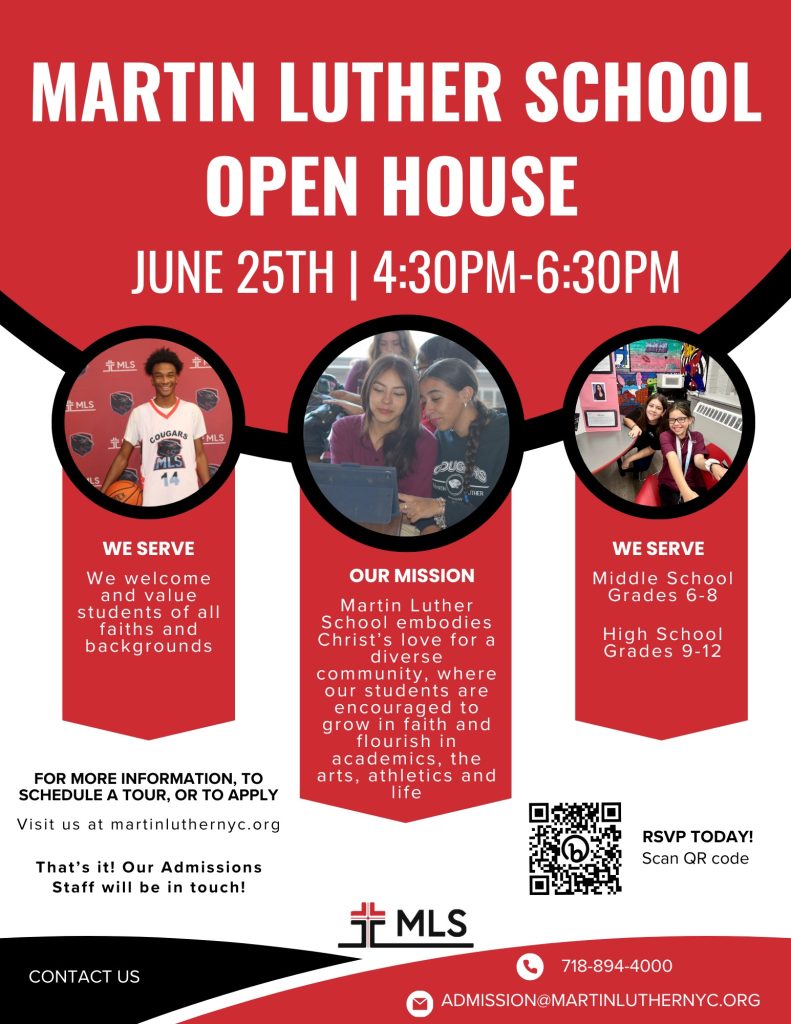



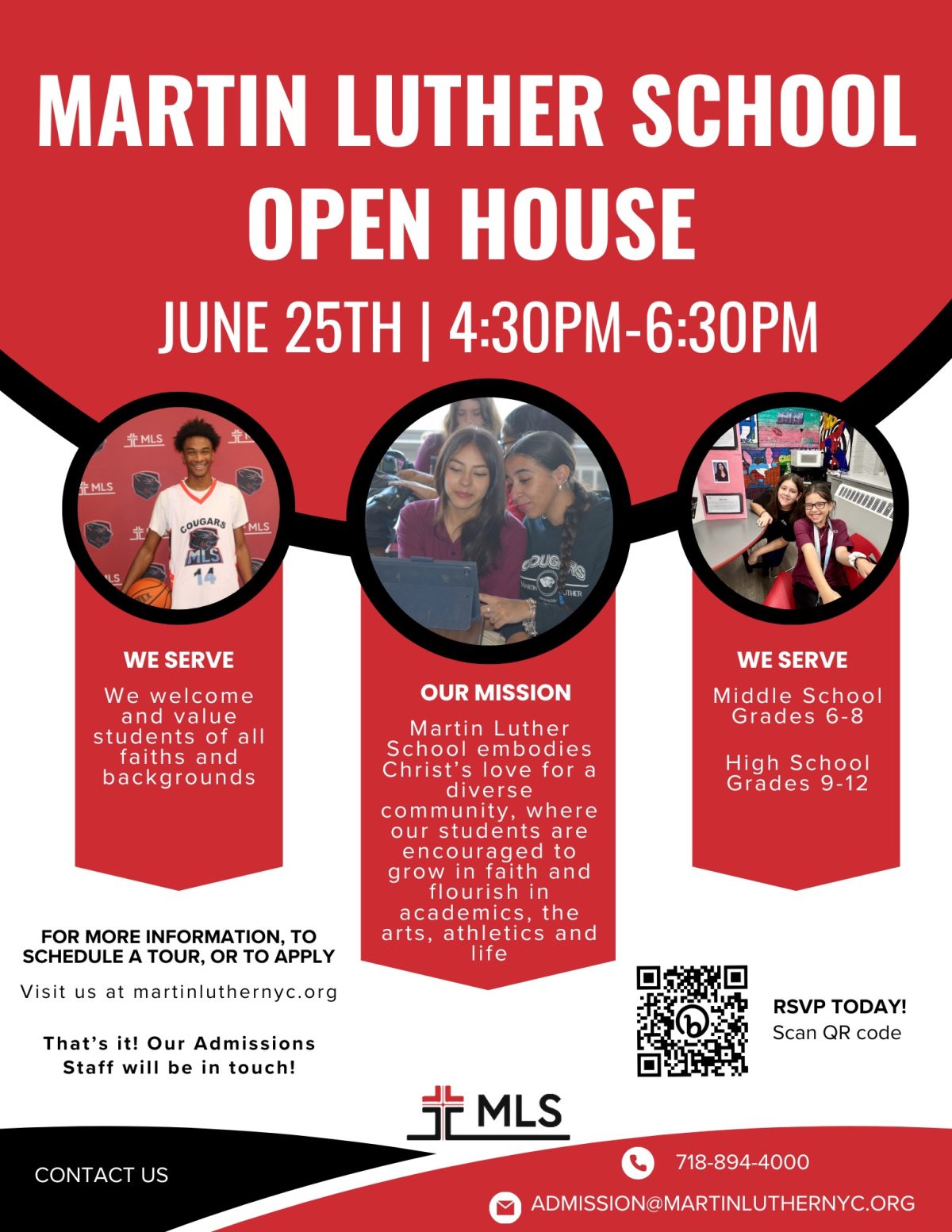
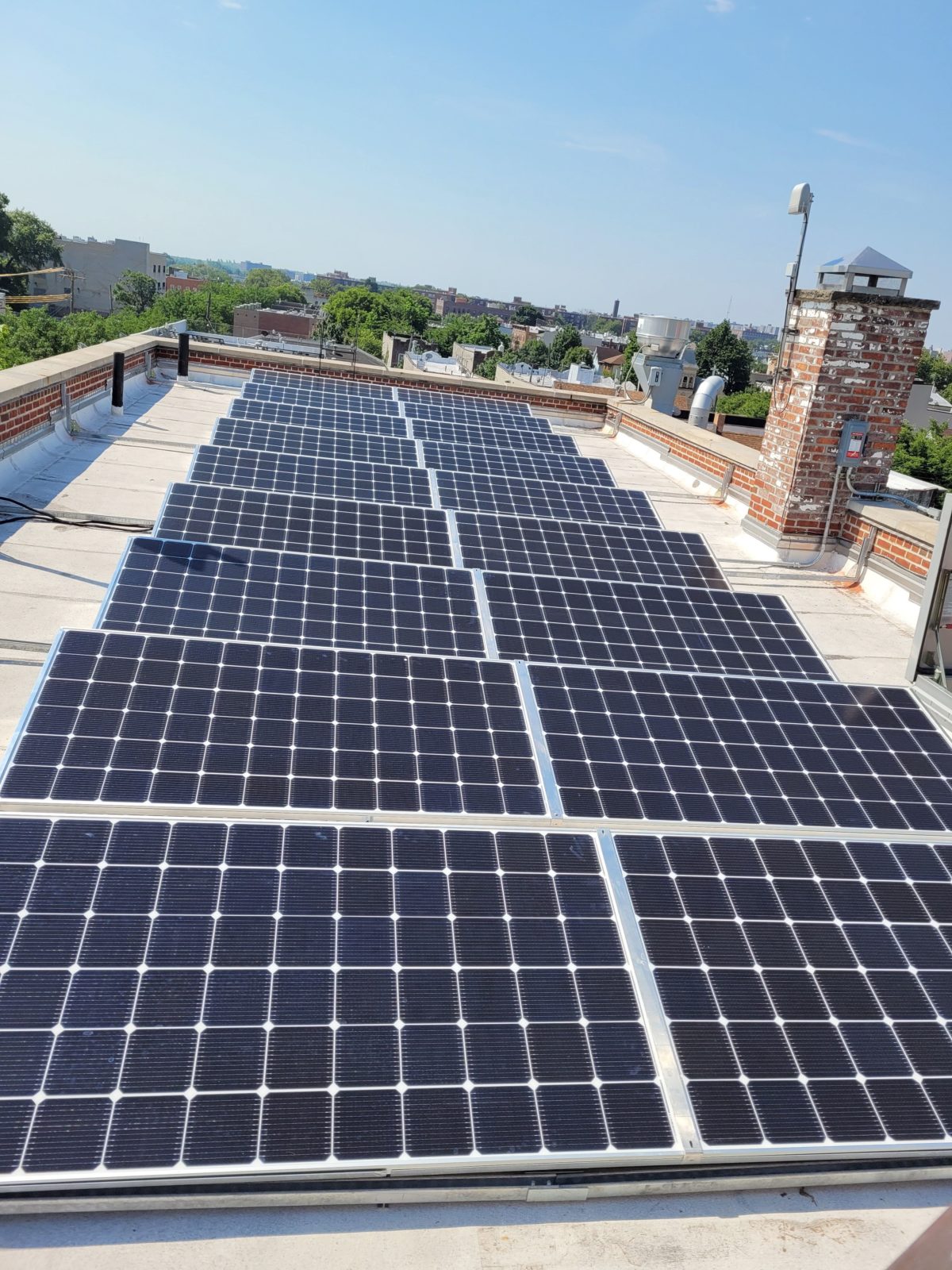
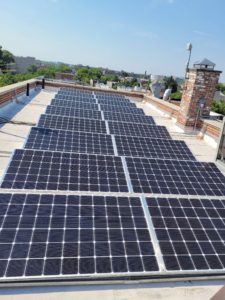
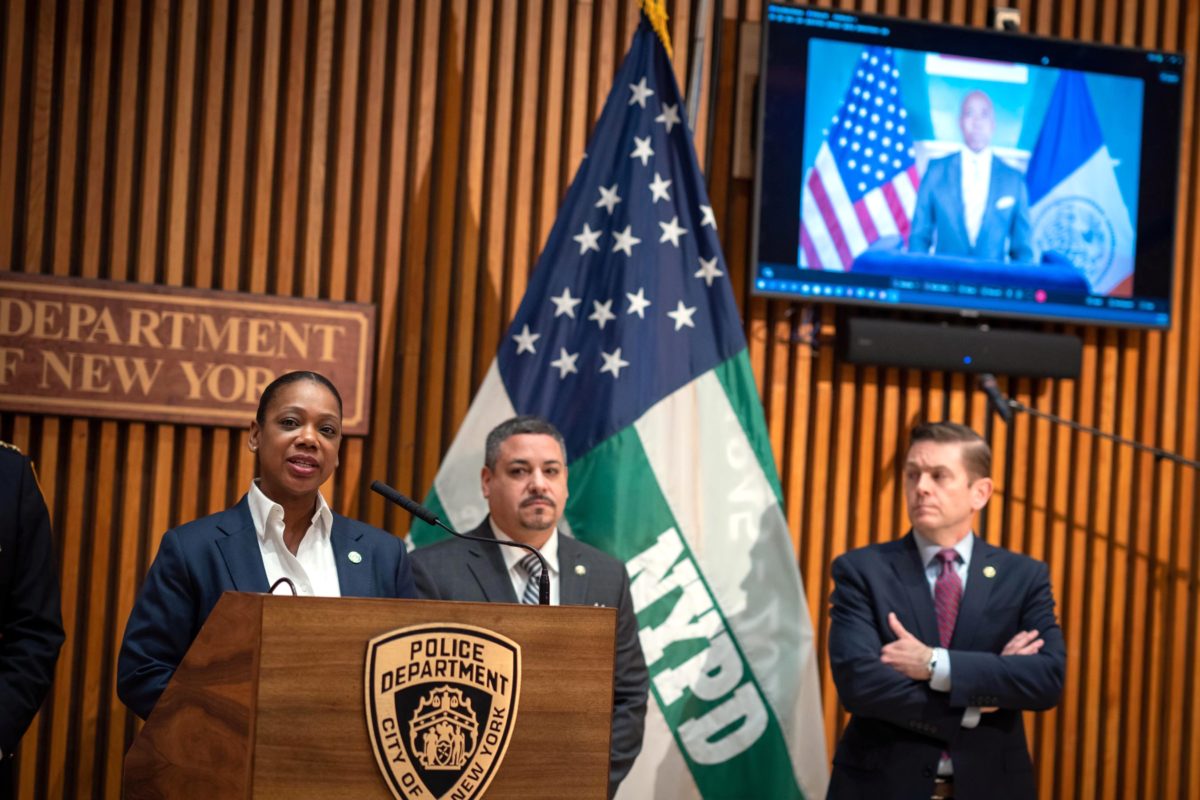
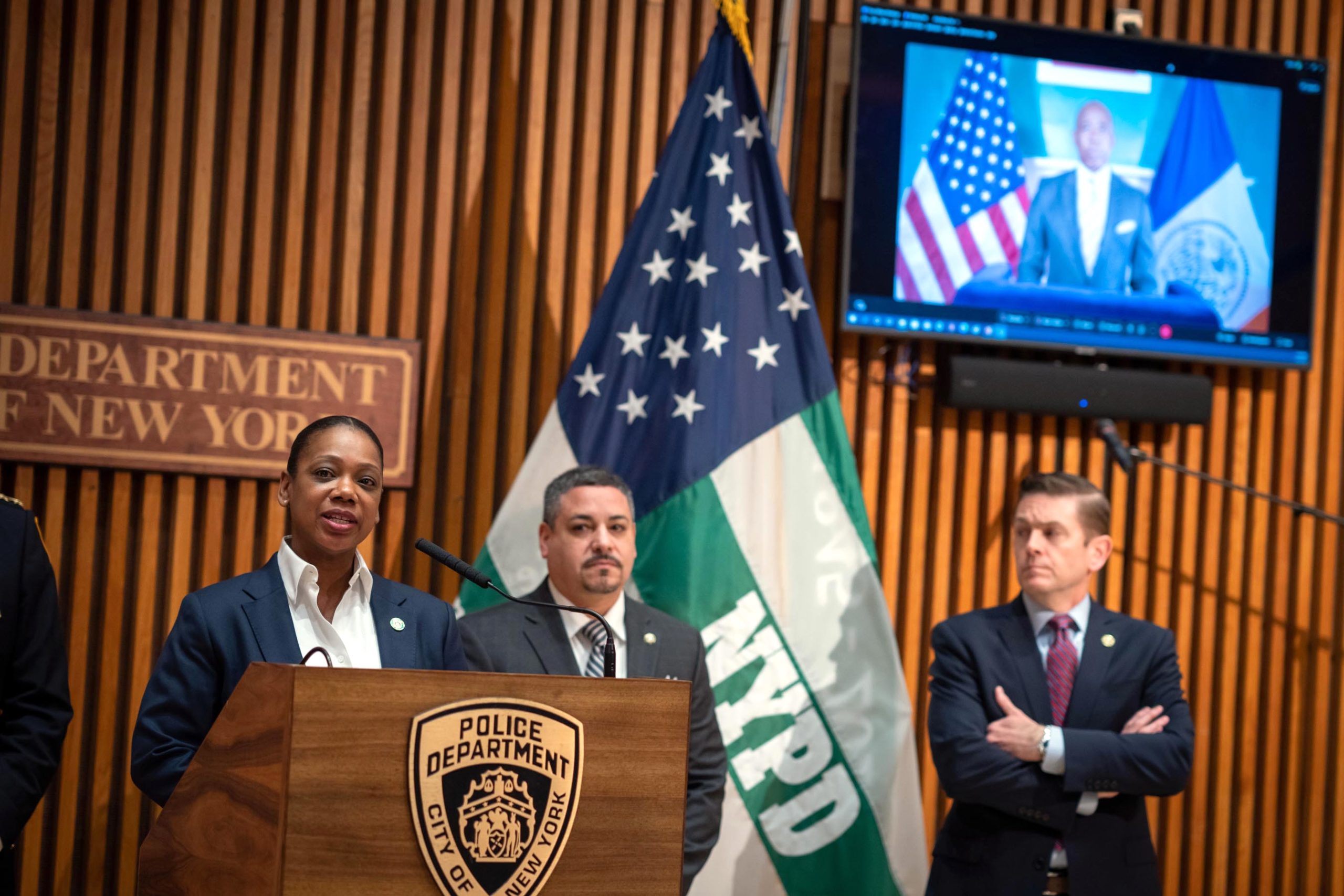
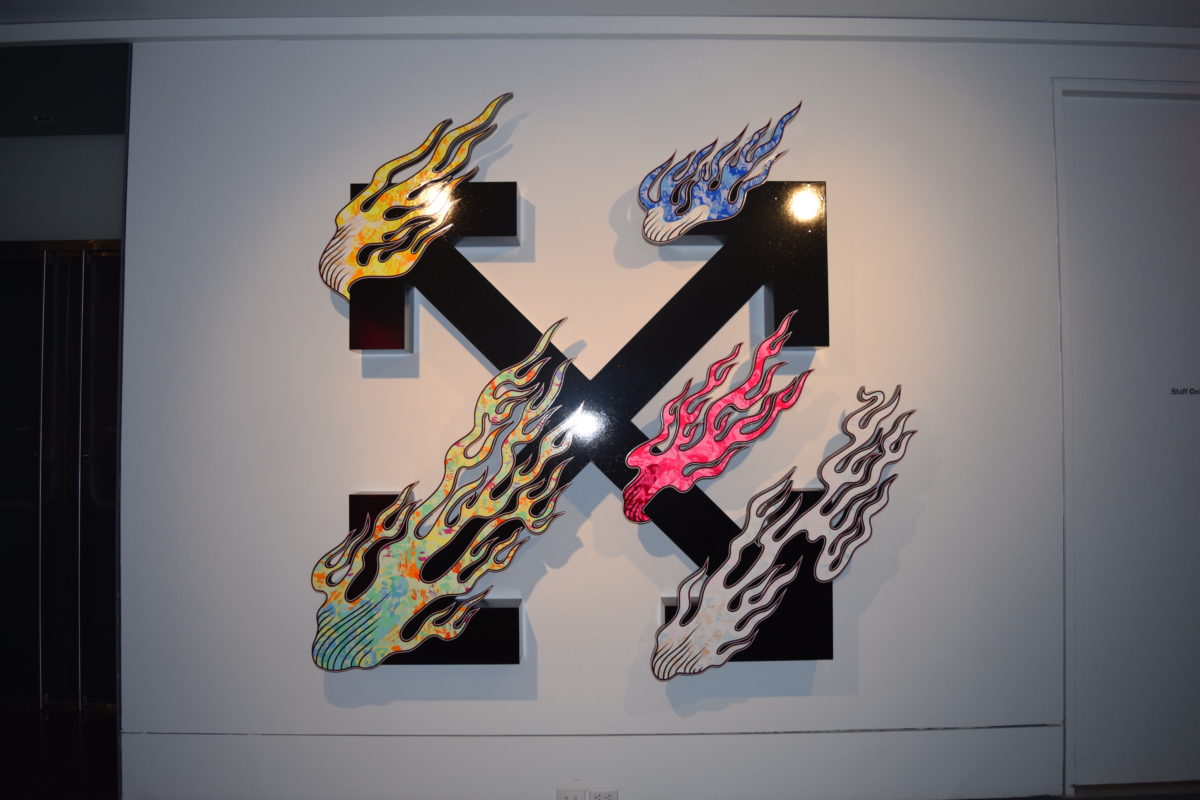

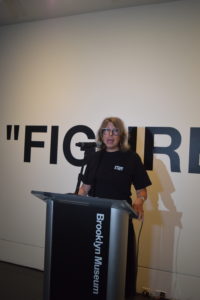
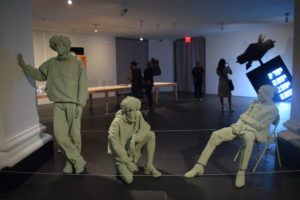
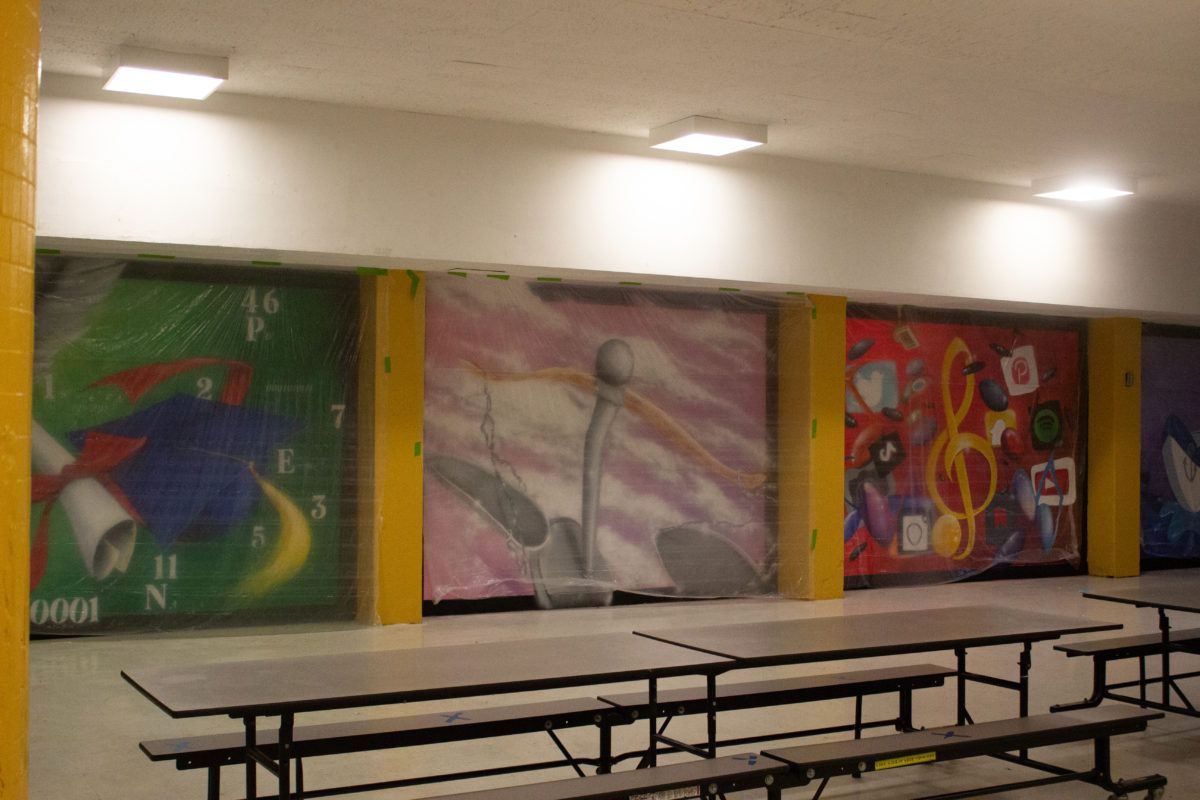

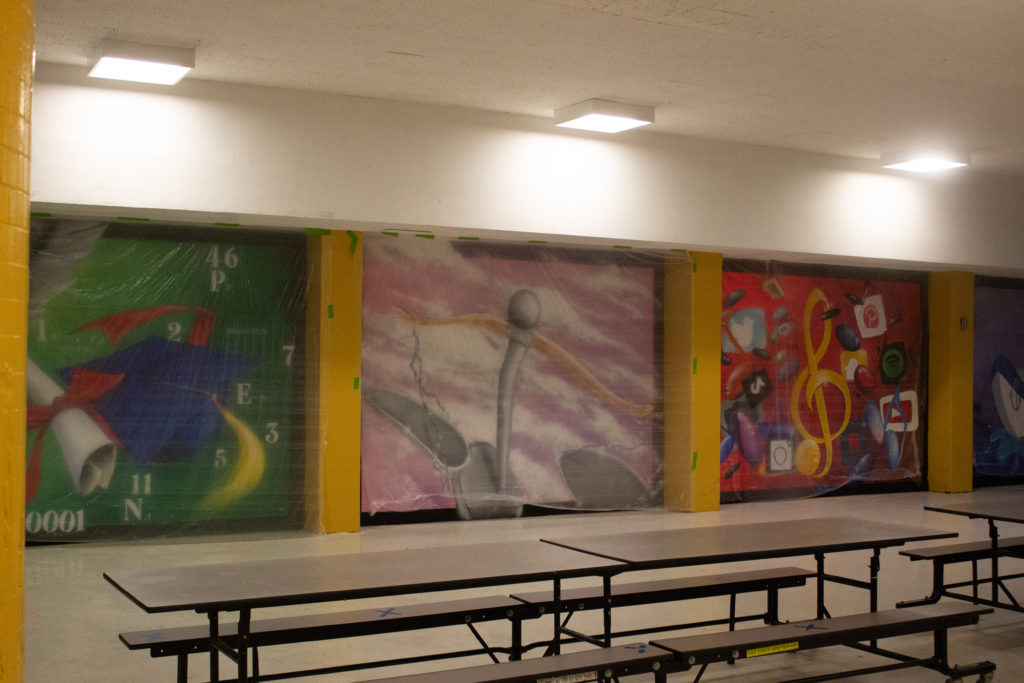
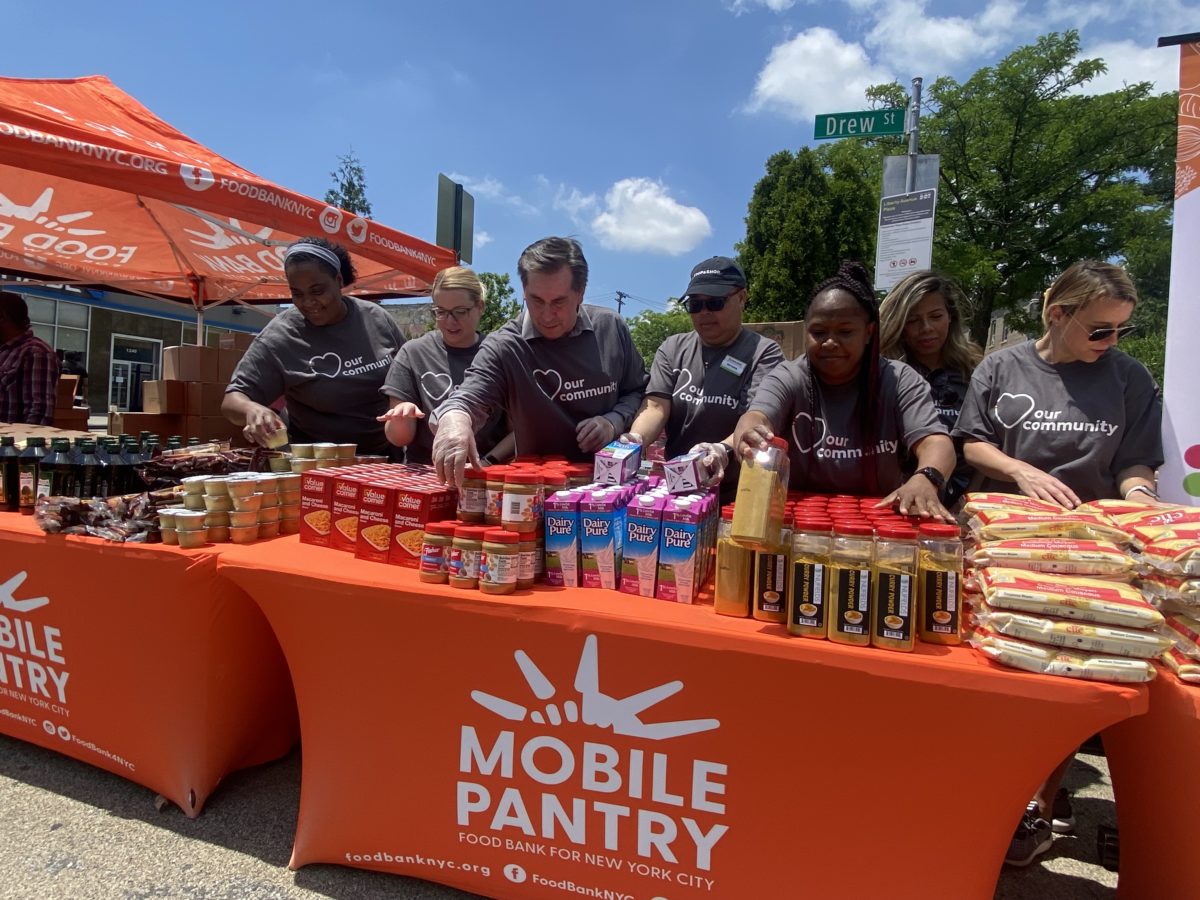
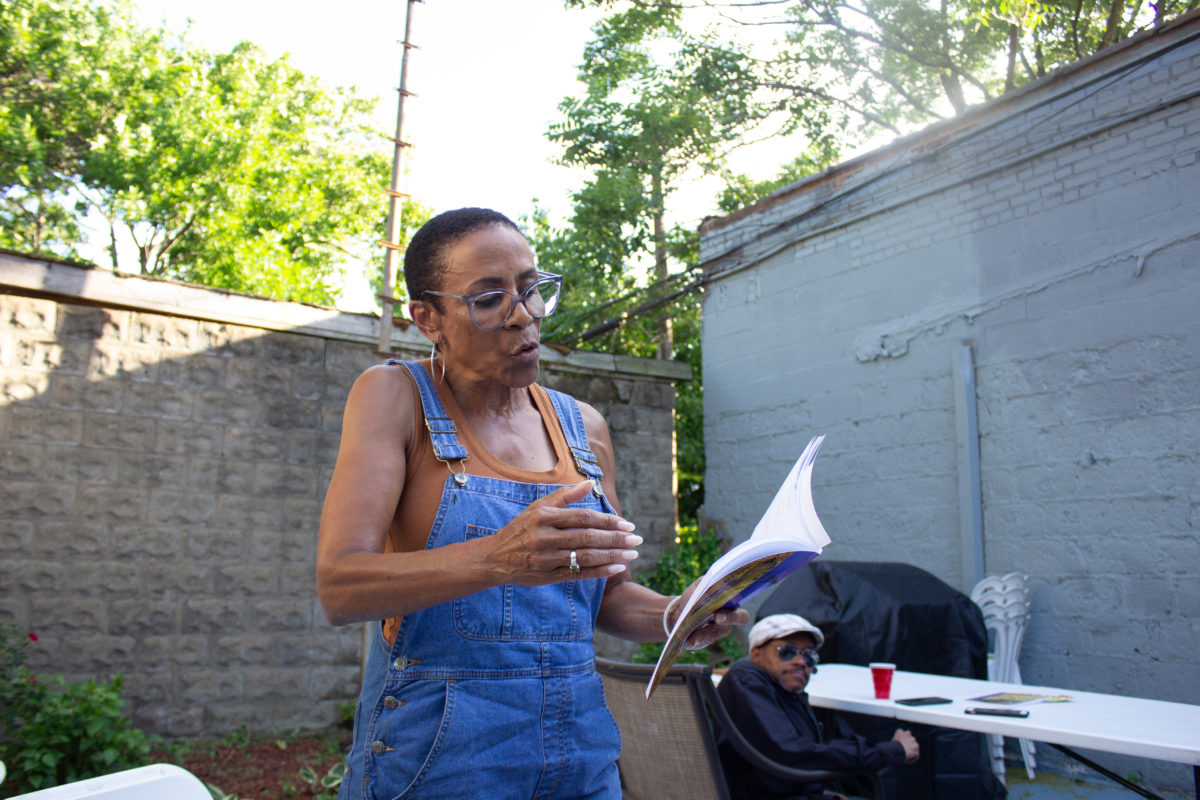
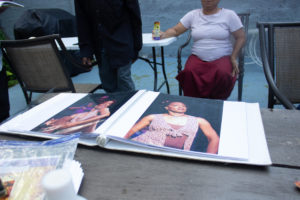
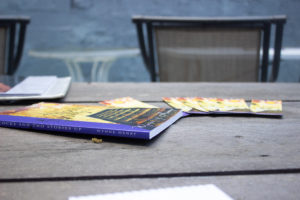
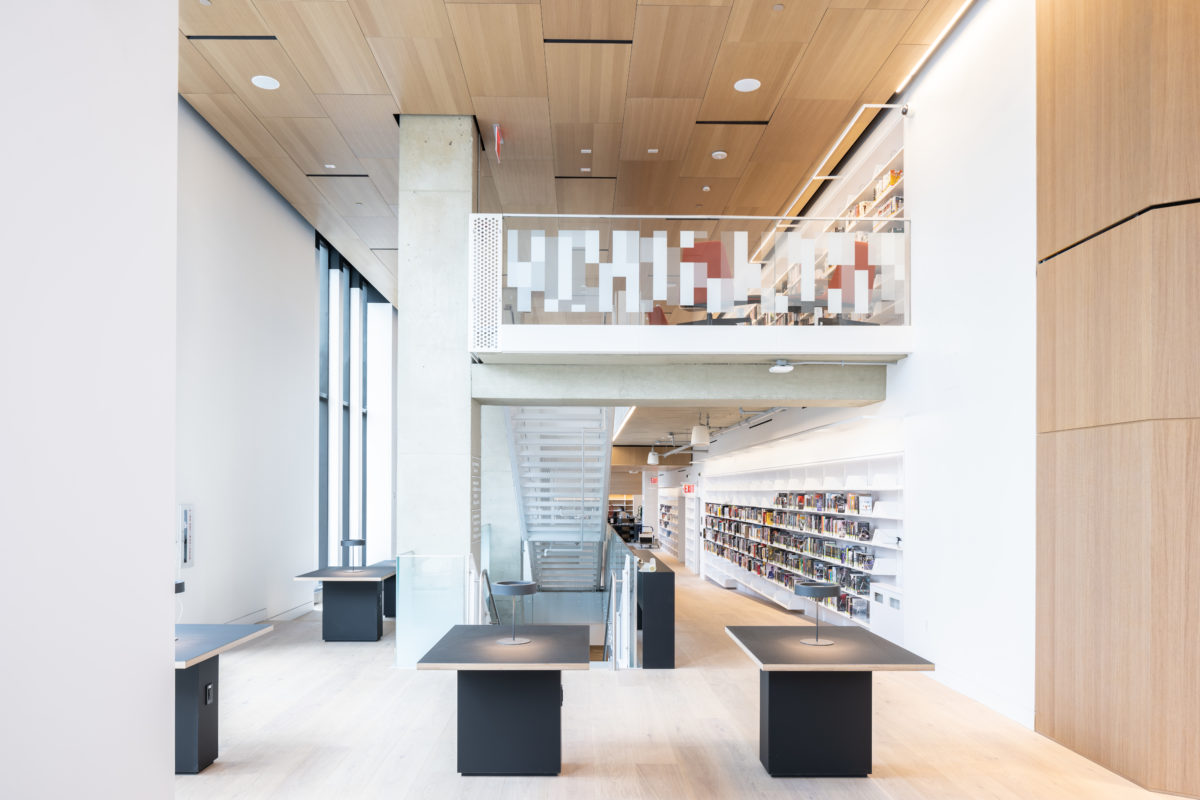
 “Now, as the second-largest library after the Brooklyn Public Library’s central branch, the opening of the Brooklyn Heights Library will serve as a cultural hub for all of Brooklyn and an invaluable local resource to thousands of nearby residents,” Councilwoman Crystal Hudson said. “We must continue to expand the resources available to our libraries and cultural institutions and make access to a quality library the norm, not the exception. Libraries are true indicators of the health and safety of our communities and a critical component to the social fabric of our City.”
“Now, as the second-largest library after the Brooklyn Public Library’s central branch, the opening of the Brooklyn Heights Library will serve as a cultural hub for all of Brooklyn and an invaluable local resource to thousands of nearby residents,” Councilwoman Crystal Hudson said. “We must continue to expand the resources available to our libraries and cultural institutions and make access to a quality library the norm, not the exception. Libraries are true indicators of the health and safety of our communities and a critical component to the social fabric of our City.” “I’m so thrilled to celebrate the reopening of the new Brooklyn Heights Library! This was my childhood library and the stunning, state-of-the-art facility is going to be an essential community hub for the Brooklyn Heights community for generations to come,” Councilman Lincoln Restler said.
“I’m so thrilled to celebrate the reopening of the new Brooklyn Heights Library! This was my childhood library and the stunning, state-of-the-art facility is going to be an essential community hub for the Brooklyn Heights community for generations to come,” Councilman Lincoln Restler said.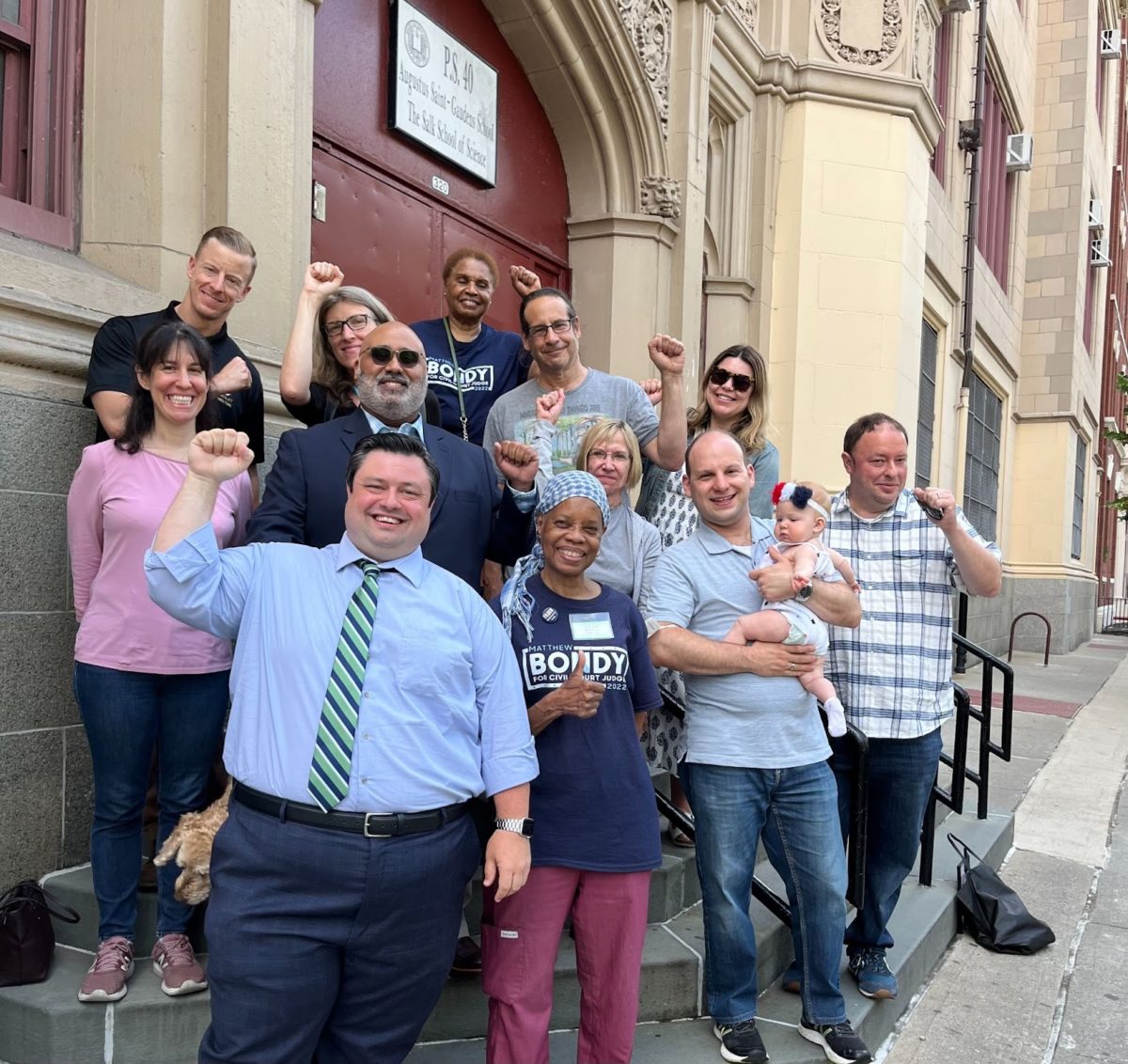
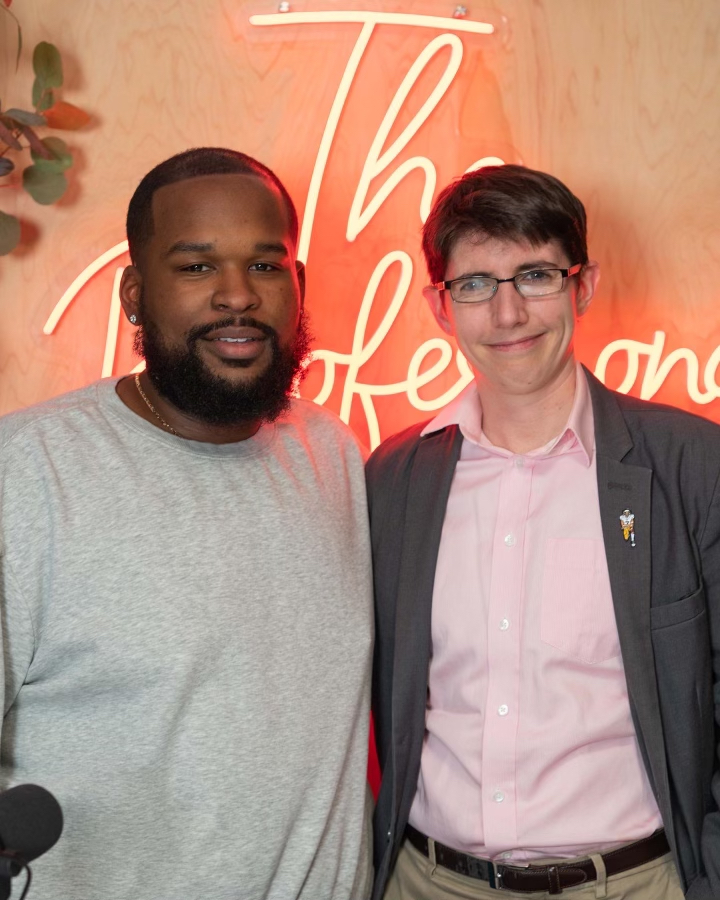
 “That’s chump change now. We can change our whole mission now,” DiColandrea said with excitement in his voice. DiCo said that he’s looking to reach every person, school and program he can throughout Brooklyn and other urban areas.
“That’s chump change now. We can change our whole mission now,” DiColandrea said with excitement in his voice. DiCo said that he’s looking to reach every person, school and program he can throughout Brooklyn and other urban areas.